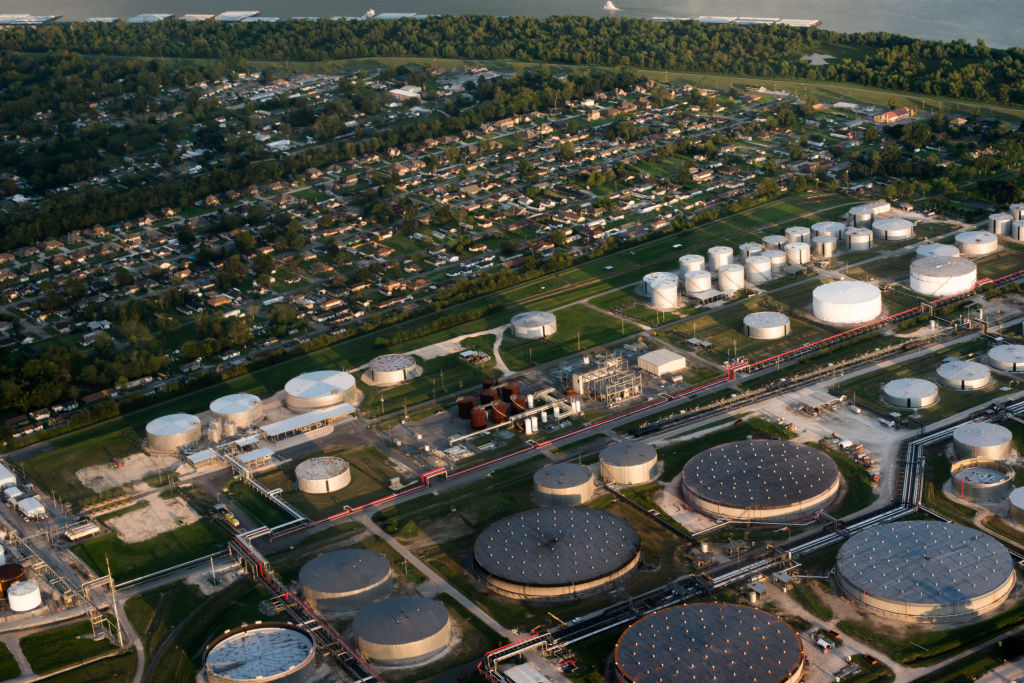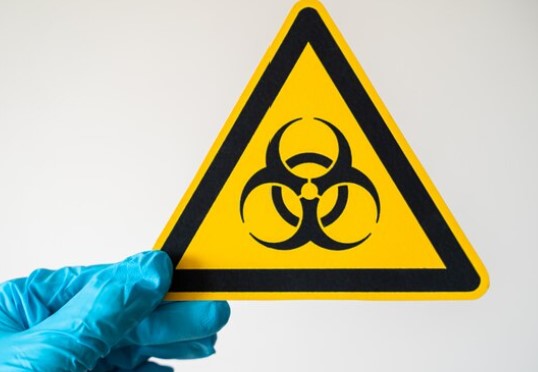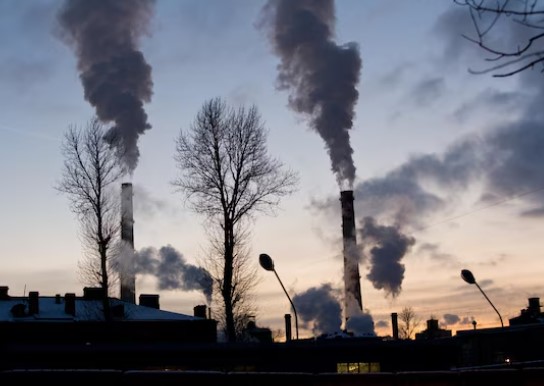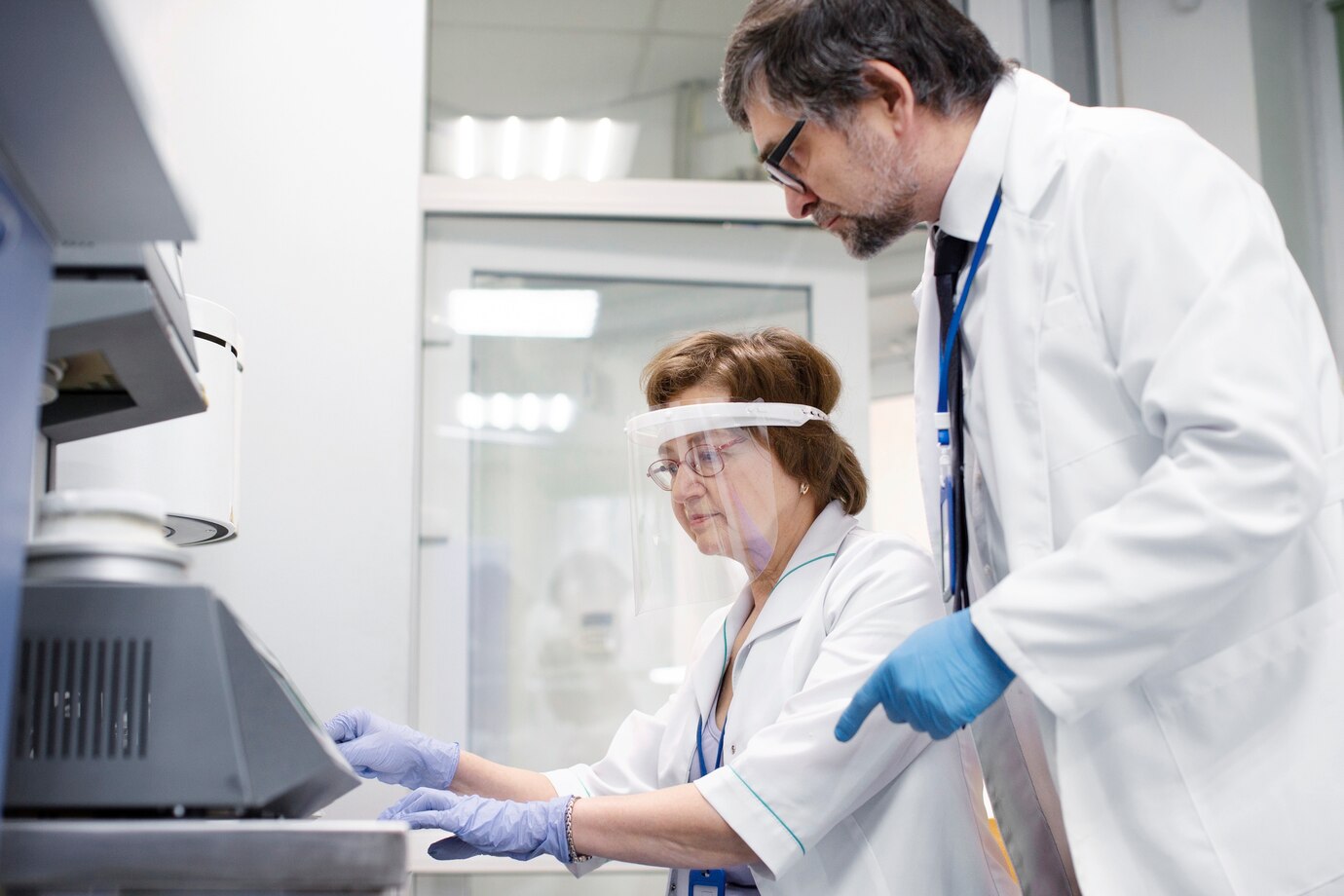Louisiana has received a stark warning about soaring levels of a toxic gas capable of “directly damaging DNA.” A recent study uncovered that ethylene oxide (EtO) concentrations in parts of the state are thousands of times higher than the safe threshold.
This alarming discovery was made by an advanced mobile air-testing lab, which revealed significantly higher levels of EtO than previously estimated by the Environmental Protection Agency (EPA).
Higher Cancer Risk for Residents

Wikimedia
The study, conducted by environmental engineers from Johns Hopkins University, indicates a notably higher cancer risk for residents near facilities that produce and use ethylene oxide.
“Our findings have really important implications for community residents, especially infants and children,” stated Keeve Nachman, associate professor of environmental health and engineering. “Ethylene oxide has been shown to directly damage DNA, meaning that exposures that occur in early life are more dangerous.”
Protecting Residents

In a statement to Newsweek, the EPA highlighted its efforts to protect residents of Cancer Alley from toxic pollution under Administrator Michael Regan’s leadership.
These efforts include local enforcement actions and the establishment of national standards to reduce cancer risks in affected communities.
Cancer Alley

Getty Images
“These efforts have been informed by robust community engagement, including visits by the Administrator to Cancer Alley, and the agency will continue to work closely with advocates and affected community members to ensure those lived experiences along with science and data inform our efforts to protect overburdened communities,” the statement read.
Known as “Cancer Alley” due to its history of toxic chemical exposure, the area between Baton Rouge and New Orleans has been a focal point for EPA action over the past five years.
Enforcing Federal Standards

Wikimedia
The agency has worked with state agencies to enforce federal standards, conducted public meetings, and addressed community concerns.
Recently, the EPA finalized standards for chemical manufacturing and sterilizing facilities to significantly reduce EtO emissions and associated cancer risks.
Inhalation of Gas Linked to Cancer

Additionally, the agency is conducting research, investigating new EtO sources, and providing public information on air toxics through the updated AirToxScreen tool.
EtO is a synthetic gas used in producing other chemicals and in sterilizing medical and food production equipment. It poses severe risks to human health even at low concentrations, with long-term exposure linked to cancer, primarily through inhalation. This is especially concerning for those living near or working in facilities that handle the gas.
“Much, much higher than EPA’s estimated levels”

“I don’t think there’s any census tract in the area that wasn’t at higher risk for cancer than we would deem acceptable,” remarked Peter DeCarlo, associate professor of environmental health and engineering.
“We expected to see ethylene oxide in this area. But we didn’t expect the levels that we saw, and they certainly were much, much higher than EPA’s estimated levels.”
EtO Difficult to Detect

Traditional monitoring methods struggle to detect EtO in the air.
“There is just no available data, no actual measurements of ethylene oxide in air, to inform workers and people who live nearby what their actual risk is based on their exposure to this chemical,” DeCarlo explained.
Advances in Technology

To tackle this issue, the researchers developed a mobile lab capable of real-time EtO measurements.
This lab, consisting of two vans with sensitive analytical equipment, surveyed the air in southeastern Louisiana. “We went out to answer the question: how much ethylene oxide is in the air in this region and are the levels of concern for people’s health?” said Ellis Robinson, lead author and assistant research engineer at Johns Hopkins. Over a month, the team collected air samples along a heavily industrialized route between New Orleans and Baton Rouge.
Lethal Levels of EtO

Testing revealed ethylene oxide levels reaching 40 parts per billion near industrial facilities, more than a thousand times higher than the accepted lifetime exposure risk level of 11 parts per trillion.
These elevated levels extended as far as 10 kilometers (6 miles) downwind of the plants.
Stricter Regulations

The EPA has recently implemented stricter EtO regulations, requiring significant emission reductions from facilities.
The findings from this study could guide regulators in identifying areas needing closer monitoring and stricter controls to protect public health.
Long-Term Monitoring

Freepik
This research underscores the urgent need for improved tools and methods to monitor air quality and safeguard communities from harmful pollutants.
“Our study demonstrates the need for more accurate measurements to help identify locations to install monitors for more long-term monitoring and so we can best protect the health of people who are living in those areas,” DeCarlo emphasized.








































